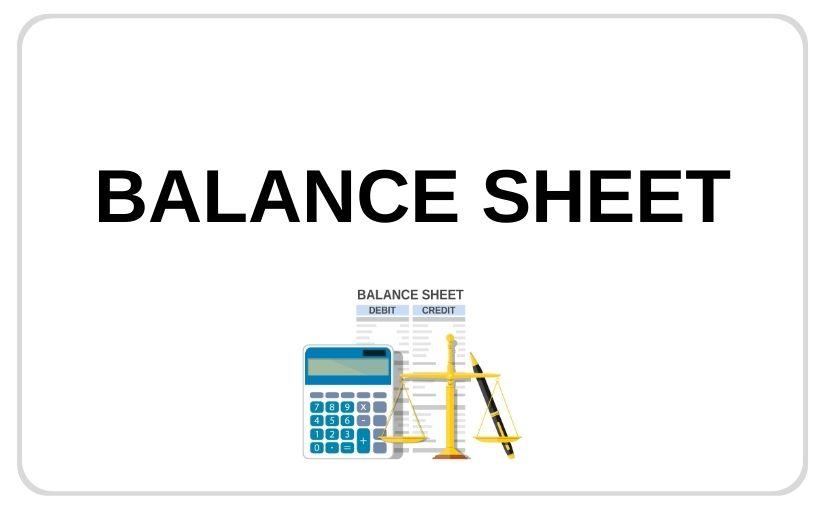Drafting balance sheet for Motor & Truck Rental Services in India involves presenting the financial position of the business by showcasing its assets, liabilities, and owner’s equity.
Here are the step-by-step explanation of the process for drafting balance sheet:
1. Gather Financial Data:
Collect all relevant financial information, including the value of motor vehicles and trucks owned by the business, outstanding loans or liabilities, revenues, expenses, and any other financial transactions.
2. Categorize Assets:
List all the assets owned by the business. This can include motor vehicles, trucks, equipment, and any other tangible assets.
Categorize them into current assets (e.g., cash, accounts receivable) and non-current assets (e.g., vehicles, equipment).
3. Determine Liabilities:
Record all the liabilities of the business, such as loans, leases, and accounts payable. Categorize them into current liabilities (e.g., short-term loans) and non-current liabilities (e.g., long-term loans).
4. Calculate Owner’s Equity:
Determine the owner’s equity by subtracting the total liabilities from the total assets. Owner’s equity represents the residual interest in the assets of the business after deducting liabilities.
5. Organize the Balance Sheet:
Create a balance sheet format with three main sections: Assets, Liabilities, and Owner’s Equity. List the categories under each section and include the corresponding values.
6. Asset Section:
List the current assets first, such as cash, accounts receivable, and inventory. Then, list non-current assets like motor vehicles and trucks.
7. Liability Section:
Begin with current liabilities, including accounts payable and short-term loans. Then, list non-current liabilities like long-term loans and leases.
8. Owner’s Equity Section:
Display the owner’s equity, which includes the initial investment, retained earnings, and any additional capital contributions made by the owner.
9. Balance the Equation:
Ensure that the balance sheet follows the fundamental accounting equation: Assets = Liabilities + Owner’s Equity. This equation must always hold true to ensure accuracy.
10. Provide Explanatory Notes:
If necessary, include explanatory notes that provide additional information about specific items on the balance sheet, such as details about outstanding loans or the valuation of motor vehicles.
11. Compliance and Accuracy:
Double-check all figures and calculations to ensure accuracy. The balance sheet should comply with accounting standards and regulations applicable in India.
12. Regular Updates:
Drafting balance sheet regularly to reflect changes in the financial position of the business. This could be due to the acquisition of new vehicles, repayment of loans, or changes in equity.
To visit: https://www.mca.gov.in/
For further details access our website: https://vibrantfinserv.com

